Lack of green space causes floods
Urban sprawl looked at as source of Austin’s lack of drainage, proper infrastructure
A rain gutter dumps rainwater on the McCallum courtyard during flash floods on Aug. 22, 2022.
February 4, 2023
With a growing city comes new developments and environmental problems, like flooding. According to a study published in the Nature Climate Change Journal, Austin will see a roughly 30% increase in flooding by 2050.
Our systems are well below current code standards. A lot of the storm drains are around half the size they are supposed to be.
— flood engineer Monica Wedo
Sources such as the Nature Climate Change Journal acknowledge a correlation between the increase in density and flooding and a decrease in permeable surfaces. When newly built houses take up more space, they cover ground that once absorbed rainwater. New sidewalks and roads also create impervious surfaces.
The city now requires developers to attempt to counteract the recent rise in flooding with methods such as man-made detention ponds, which store stormwater runoff and keep it off impermeable surfaces. Developers like David Whitworth, founder of local development company Whitworth Homes, has observed that the size of these detention ponds is an important factor in their ability to prevent flooding.
“I find larger detention ponds to be much more effective than having a smaller individual one on every lot,” Whitworth said. “They’re much easier to maintain and have a larger capacity. You can also make better use of the lot if you don’t have to leave room for one.”
According to local flood engineer Monica Wedo, detention ponds come with disadvantages as well. Besides taking up space and attracting mosquitos, these detention ponds are often unable to keep up with the large amount of runoff that a growing city brings.
“The issue we see a lot here in Central Austin is that a lot of our pipes and drainage structures are under-designed,” Wedo said. “So it’s not that the developers are doing something purposefully sneaky or detrimental, it’s that our systems are well below current code standards. A lot of the storm drains are around half the size they are supposed to be, so they don’t have the capacity to get the water off the ground as quickly as they need to.”
It’s a huge problem. I can’t get to school on days the roads are flooded.
— senior Molly Holder
One such problem in Austin that is often chalked up to the city’s lack of effective drainage is the flooding at Onion Creek. According to a 2021 report by the Federal Emergency Management Agency (FEMA), 855 homes in the Onion Creek Watershed were affected by the 2013 flooding on Halloween. This resulted in what is known as the Onion Creek buyout. Starting in 2016, the city began purchasing houses in the Onion Creek area with plans to demolish all housing in the area and avoid property damage from flooding.
Closer to home, McCallum hasn’t been immune to flooding. The ongoing flooding of the McCallum Arts Center, which first occurred on Oct. 17, has been a frequent problem. Students were displaced from classes in the MAC theater and forced to migrate to other areas of campus. The building was initially drained by a Stanley Steamer truck, but floods have continued to occur with rainy weather. Assistant principal Andy Baxa said that preparing for the construction of the new dance studio caused the MAC to be susceptible to flooding.
“Until they get far enough into the construction cycle, we’re always going to be a little bit vulnerable to the water coming in,” Baxa said. “But once our foundation is poured for the new dance studio, we’re told that that should remove the vulnerability for the water seepage.”
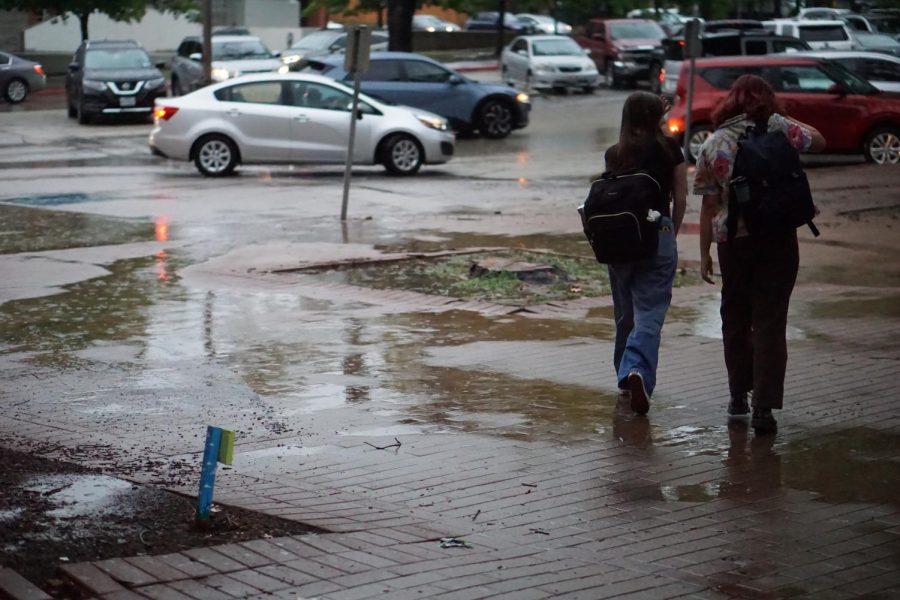 McCallum students navigate through the rain as school dismissed on Aug. 22, 2022. Across campus, sidewalks and courtyards were flooded due to unusually heavy rainfall and lack of drainage. (Dave Winter)
McCallum students navigate through the rain as school dismissed on Aug. 22, 2022. Across campus, sidewalks and courtyards were flooded due to unusually heavy rainfall and lack of drainage. (Dave Winter)
Baxa said the flooding risk is diminishing as the construction progresses.
“Recently we had a heavy rain and did not get any water seepage for the first time since the construction process started,” Baxa said. “We’re hoping that the problem is getting close to being fixed.”
McCallum students are affected by flooding outside of the classroom as well. Senior Molly Holder lives in close proximity to Bull Creek, and according to her, heavy rainfall can cease transportation to and from her house for days at a time.
“When it rains the flood water blocks certain roads,” Holder said. “So none of my neighbors or I can leave our houses. No one can enter, either, until a few days later when the water levels go down. It’s a huge problem. I can’t get to school on days the roads are flooded.”
Once our foundation is poured for the new dance studio, we’re told that that should remove the vulnerability for the water seepage.
— assistant principal Andy Baxa
Holder thinks the city needs to step up its efforts in order to prevent further issues from occurring.
“When the city builds new apartment complexes, roads, parking lots and other things that take up space, they need to be more aware of the flooding problems,” Holder said. “There are a lot of areas where we can make more drainage points and stuff, like the road leading up to my house, but we’re just not doing it. People have literally died on that road, but there is still nothing being done to make it more safe and keep it from overflowing with water.”
Holder also voiced her concern about the effects of the floods on wildlife. Floodwater can contain parasites and toxic substances that, if consumed, lead to water-borne diseases. In addition, residue from harmful matter in the water can also collect on the wildlife and result in chemical burns, dermatitis, hair loss or worse.
Whitworth believes Austin becoming denser to be a better option than the alternative of a more spread-out city.
“I’m afraid that if we don’t start building in a way that a big city should be built we’re just going to have more highways and fewer trees,” Whitworth said. “The city will be more spread out, people will have to drive further distances to get places and we’ll just have a larger footprint in general. That’s why I think density is the better choice in terms of the environment.”
Wedo recognizes the issues posed by urban density as well.
There’s a series of things that need to be done, and it’s not going to be cheap, or easy.
— flood engineer Monica Wedo
“The flooding problem is tricky to fix,” Wedo said. “If you put bigger storm drain inlets and pipes in one neighborhood, the runoff will travel faster to the next area or neighborhood downstream, and you have more flooding there.”
According to Wedo, properly addressing Austin’s flooding problem would be both logistically and financially challenging.
“You can’t just fix the issue with a singular solution,” Wedo said. “There’s a series of things that need to be done, and it’s not going to be cheap, or easy.”




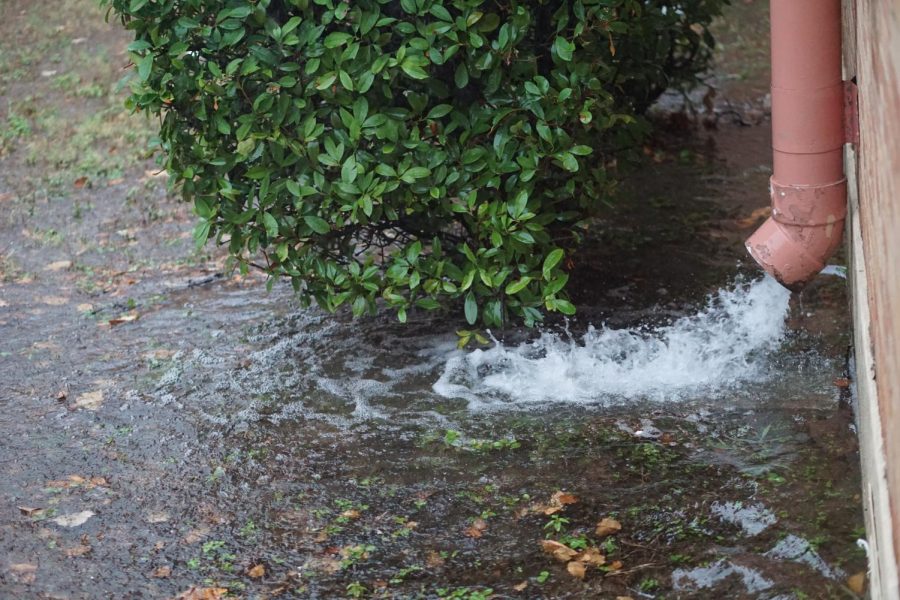
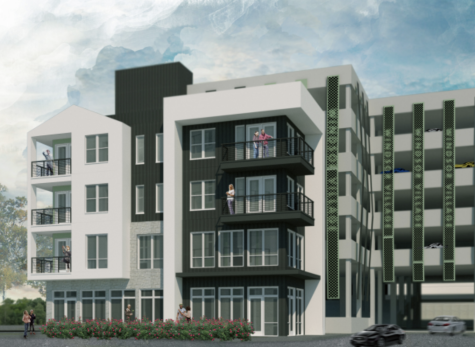
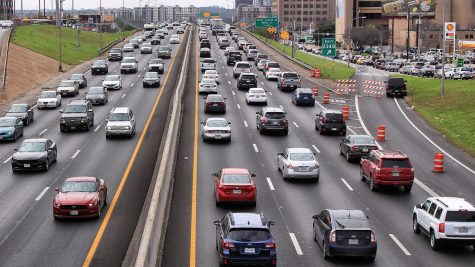


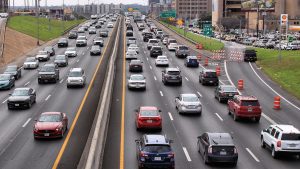









![With the AISD rank and GPA discrepancies, some students had significant changes to their stats. College and career counselor Camille Nix worked with students to appeal their college decisions if they got rejected from schools depending on their previous stats before getting updated. Students worked with Nix to update schools on their new stats in order to fully get their appropriate decisions. “Those who already were accepted [won’t be affected], but it could factor in if a student appeals their initial decision,” Principal Andy Baxa said.](https://macshieldonline.com/wp-content/uploads/2024/04/53674616658_18d367e00f_o-600x338.jpg)
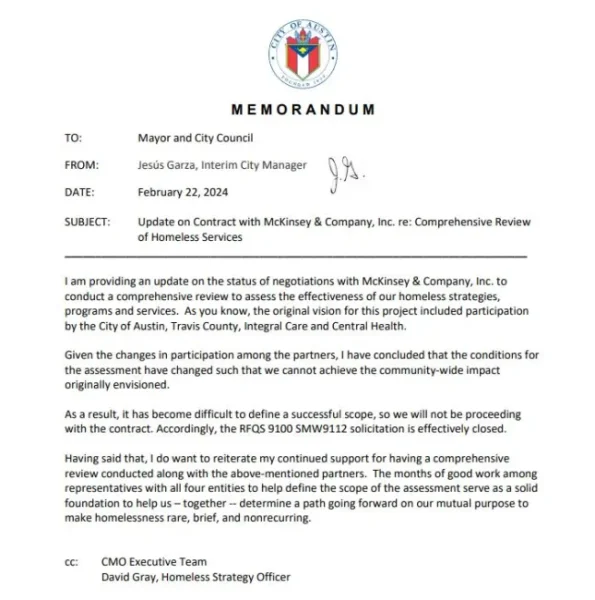


sofia • Feb 20, 2023 at 12:19 am
I really like this article because it is not only addressing the problem and how people are going through time but it is very relatable and really speaking about this types of problems can make us feel like we aren’t alone.
Merill • Feb 17, 2023 at 11:02 am
I think that this article is very informational. I really like the layout because it highlights some of the most important quotes. I also think the photos relate very well.
Maggie • Feb 16, 2023 at 12:37 pm
i agree that all our systems are a bit behind